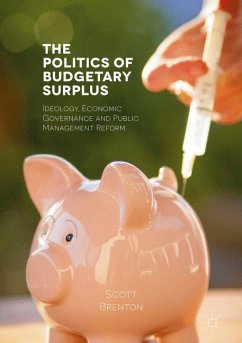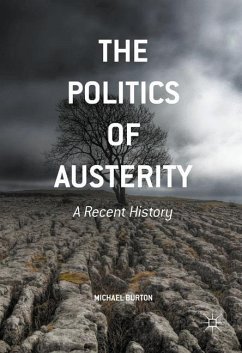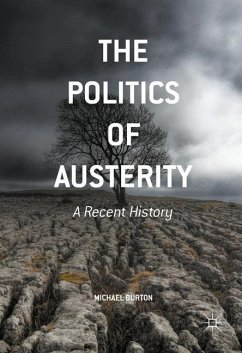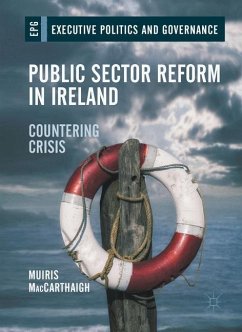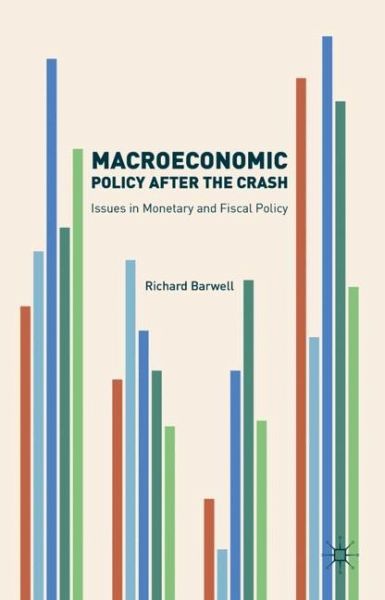
Macroeconomic Policy after the Crash
Issues in Monetary and Fiscal Policy
Versandkostenfrei!
Versandfertig in 6-10 Tagen
57,99 €
inkl. MwSt.
Weitere Ausgaben:

PAYBACK Punkte
29 °P sammeln!
This book reviews the key policy debates during the post-crash era, describing the issues that policymakers grappled with, the decisions that they took and the details of the policy instruments that were created. Focusing specifically on issues in monetary and fiscal policy, chapters demonstrate that very little that was done during this period conformed to the simple textbook treatment of macroeconomic policy: central banks cutting policy rates or finance ministers cutting the rate of income tax. The author guides the reader through the revolution in the conduct of macroeconomic policy in an ...
This book reviews the key policy debates during the post-crash era, describing the issues that policymakers grappled with, the decisions that they took and the details of the policy instruments that were created. Focusing specifically on issues in monetary and fiscal policy, chapters demonstrate that very little that was done during this period conformed to the simple textbook treatment of macroeconomic policy: central banks cutting policy rates or finance ministers cutting the rate of income tax. The author guides the reader through the revolution in the conduct of macroeconomic policy in an engaging and approachable manner, and illuminates the key innovations in the toolkit and themes in the debate over past years with great detail, from negative rates to quantitative easing, and from austerity versus financial repression, restructuring and default to productivity puzzles and deflation.








